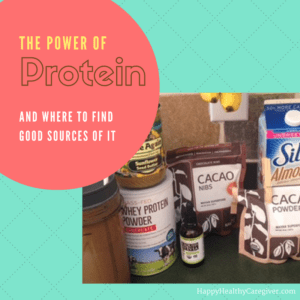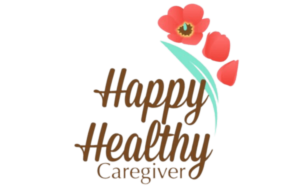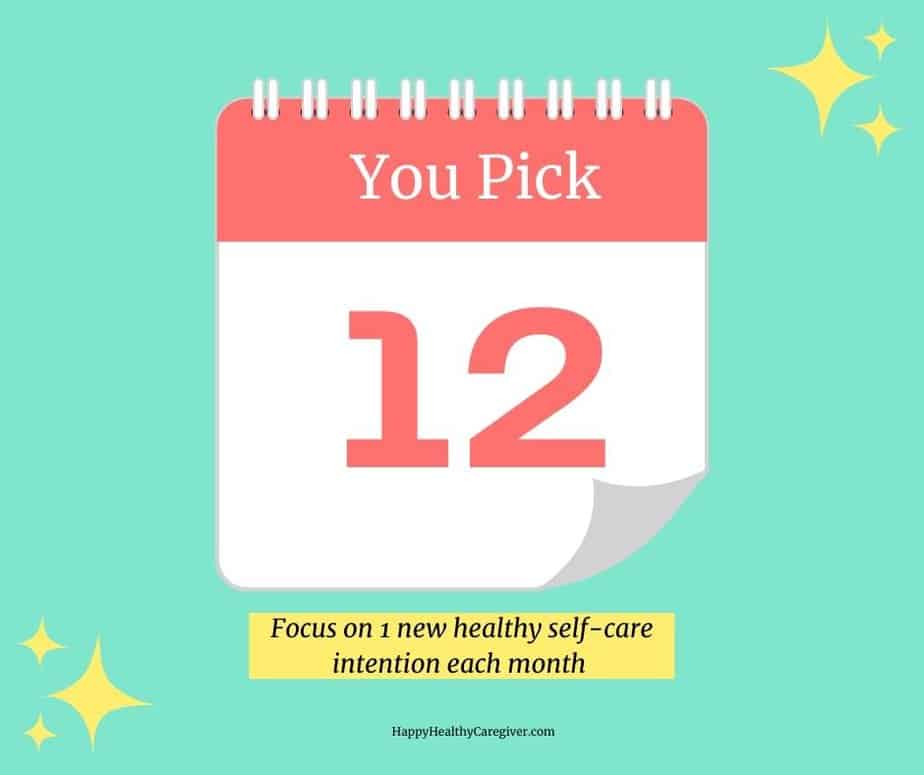Are you eating enough protein?
Wouldn’t it be great if we had an energy gauge on our body that told us what we were required to eat for optimal health?
When we are required to fill up our cars with gas, our little label from the manufacturer even tells us what type of gas we need to make our vehicles work effectively. Our human bodies, which also need fuel to work effectively (especially when caregiving), are so complex! To think that the food we eat doesn’t have an impact on our mood, energy, and overall physical health would be an oversight.
Protein is definitely a requirement for our diet. While we often get too many mixed messages from the health and wellness community, I haven’t seen anything that has said we don’t need protein in our diet.
Technically, our bodies need protein to build and repair our cells. I personally find that when I eat ample amounts of protein, I have more willpower to resist unhealthy snack options probably because it takes longer to digest these foods allowing me to feel fuller longer. I also feel like my energy level is more stable.
My wellness team has advocated a high protein diet for me because I am trying to lose fat and build muscle and boost my overall metabolism.

Do you even need more protein in your diet?
Everyone’s definition of ‘enough’ protein varies. Do your own research on your exact number by talking to your doctors and others who guide you with your holistic health & wellness. Your current weight, personal activity level, and fitness goals will help determine your optimal level.
There are many calculators and guides for a recommended amount of protein online. Here’s an online post I found that recommends based on being active that I need to eat just over 100 grams of protein a day. You will need more if you exercise regularly.
Not everyone has an issue with eating enough protein though and more isn’t necessarily better so just pay some attention to how much you are actually consuming. A great step to see where you currently are with your protein intake is to track it for a week.
Good Sources of Protein
The first thing that comes to mind when I think of sources of protein is meat…beef, chicken, pork, and seafood. These are all great options but not the only ones.
Here are some other sources of protein that you can work into each meal or snack:
- Quality whey protein powder – here’s a brand I prefer for vanilla and chocolate
- Eggs
- Plain Non-fat Greek Yogurt (flavor them yourself with organic liquid stevia and fresh fruit)
- Unsweetened Vanilla Almond Milk
- Organic Cacao Powder
- Organic Peanut Butter
- Raw, Unsalted, Nuts
- Quinoa
- Chickpeas/Hummus
- Spinach
- Broccoli
- Seeds: Hemp, Sesame, Chia, pumpkin, and poppy (sprinkle on a salad, entree, or toss them in a smoothie)
Cow’s milk, soy, and other types of beans are also protein sources but ones that I really try and limit because they cause inflammation and digestion problems for me.
Grab and Go Protein Options
While a protein bar is something that is easy to grab and go, all bars are not created equal. Many are packed with artificial ingredients and loads of sugar. I like to keep a few Quest bars on hand (in my desk drawer, purse, etc.) since they do travel well and have around 20g of protein.
Another option that you can take anywhere is a grass fed Chomps Snack Stick which contains 9g of protein!
The Power of a Smoothie
I talk about smoothies a lot because they are such a perfect little liquid meal, especially when it comes to protein.
One smoothie could include:
19g grass-fed whey protein powder
3g organic cacao powder
3g organic peanut butter
1g unsweetened vanilla almond milk
4g chia seeds
= 30 total grams of protein!!
Plus, a smoothie is transportable. You can meal prep all your smoothie dry ingredients once a week and then assemble all the ingredients the night before in your individual smoothie cup (except for the ice or frozen fruit). Then before you leave the house, add the ice or frozen fruit and blend. If you aren’t going to sip on it right away, leave the blender top on the cup to pack in your lunchbox until you are ready to consume it after your workout. Don’t forget to bring the non-blade smoothie lid with you and I recommend a special smoothie straw.
And smoothies are fun to make and super tasty!
Take Action
- Assess your current protein consumption by tracking it for a week.
- Determine where your optimal protein level is as a daily goal.
- Stock up on protein-packed snacks and ingredients during your next shopping trip.



